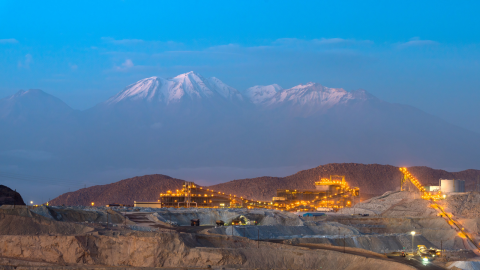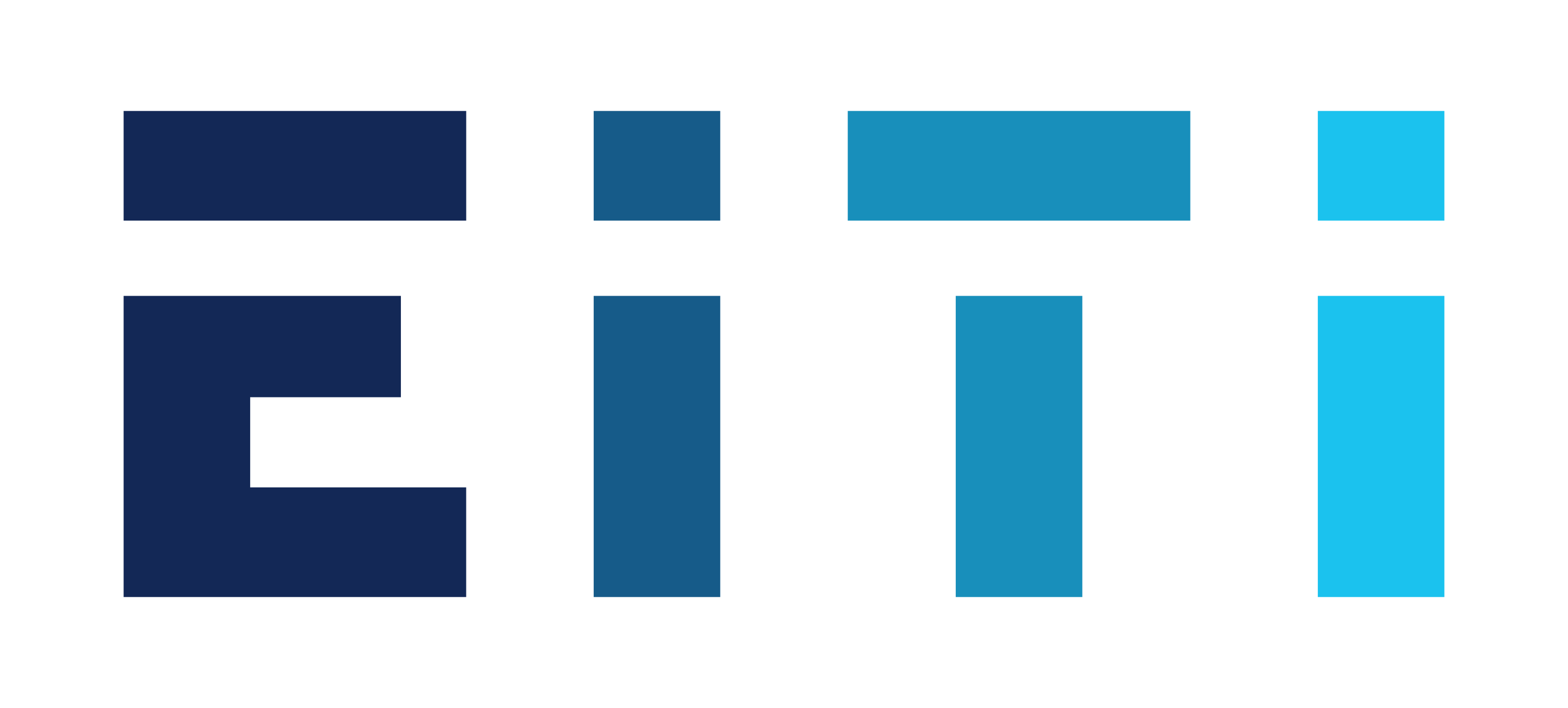
Peru: ten years of transparency in oil, gas and mining
Peru: ten years of transparency in oil, gas and mining
In June, Peru reached a milestone by publishing its 10th EITI Report. This brings a decade of extractive industry revenue transparency in one of the most important mining countries in the world. As Peru prepares to host the next EITI Global Conference on 24-25 February 2016, attention is turning to how to make further use of the EITI to build trust and confidence in the extractive industries.
The 2013 EITI Report is the first fully disaggregated report, with detailed information on tax payments by company and revenue type. Company participation has continuously improved since Peru committed to the EITI in 2006. In the early years of reporting, there were considerable challenges in convincing all companies that make material payments to participate. Jonas Moberg, Head of the EITI International Secretariat, commended EITI-Peru on this milestone. “Peru’s fully disaggregated report, as required by the EITI Standard, comes after a long journey of engaging industry, government and civil society. This has resulted in a level playing field for disclosure and more timely and comprehensive EITI Reports”.
The last ten years has seen unprecedented economic growth in Peru, with the mining and gas sectors at the centre of a robust economic expansion. Peru’s GDP has almost doubled, and the extractive industries have been growing at a sustained annual rate of 5%. Exports have more than trebled, and government revenues have increased fivefold (see chart above). Peru’s 2013 Report highlights USD 60 billion of potential investment in the pipeline, although the outlook is challenging given the recent decline in commodity prices.
As the industry has grown, Peru has experienced continued tensions. As recently as last May, the Government needed to declare a state of emergency in some areas. At the opening of the recent EITI LAC Conference in June, Minister of Energy Rosa Maria Ortiz stressed the importance of translating the wealth from extractives to results for citizens. According to Minister of Energy Rosa Maria Ortiz, “time has been lost by the Government and companies in regaining trust with communities. We all agree that the EITI in Peru, building on a decade of achievements, can contribute immensely to regaining that trust.” She expressed her optimism that the experience with the EITI, in particular with in revenue transparency of subnational payments, would help build trust among mining affected communities: “EITI achievements put Peru in a position to make transparency a valuable practice at all levels of government ensuring adequate governance of the extractive wealth translates to tangible benefits to all citizens”.
Key figures for 2013
The 2013 report shows that Peru received USD 5.9 billion from extractive industry taxation. Slightly more than half of these revenues came from hydrocarbons, mainly gas, with the rest from mining, with cooper and gold as the major commodities. Revenues were mainly collected through profit taxes (55%) and royalties (37%). Two special mining taxes introduced in 2011 represented almost 8% of revenues.
Pioneering regional reporting
In 2013, 50 % of total revenues were transferred to the regions. Municipalities received the bulk of these resources (72%) with regional (departmental) governments receiving 25% and local universities 3%. All 10 of Peru’s EITI reports have provided details on how these transfers are calculated and disbursed. Given the significance of these resources to local and regional government budgets, EITI-Peru is piloting regional reports in Moquegua and Piura. These reports will cover reconciliation of those transfers between the central and the local governments and shed light on how the resources are spent. There are plans for pilots in other regions.
Building trust
Concerns at local levels remain high. In the launching of the 2013 EITI Report, Vice-Minister of Energy Raúl Pérez-Reyes said: “this country is ready to make the extractive industries more transparent, not just by saying so but in applying high standards and social responsibility”. Epifanio Baca, member of Peru-EITI and former EITI Board member, pointed to the many challenges ahead: “Our reports need to be more timely and produced more efficiently. Further, we need to continue our work in consolidating local EITI processes following the Moquegua and Piura’s pilots and start covering other areas where increased transparency is also demanded”.
The next EITI Global Conference is taking place in Lima, Peru, 24-25 February 2016. Visit eiti.org/lima2016 to find out more.
To learn more about the EITI in Peru, visit the country page on eiti.org or the country’s EITI page.
Related content





